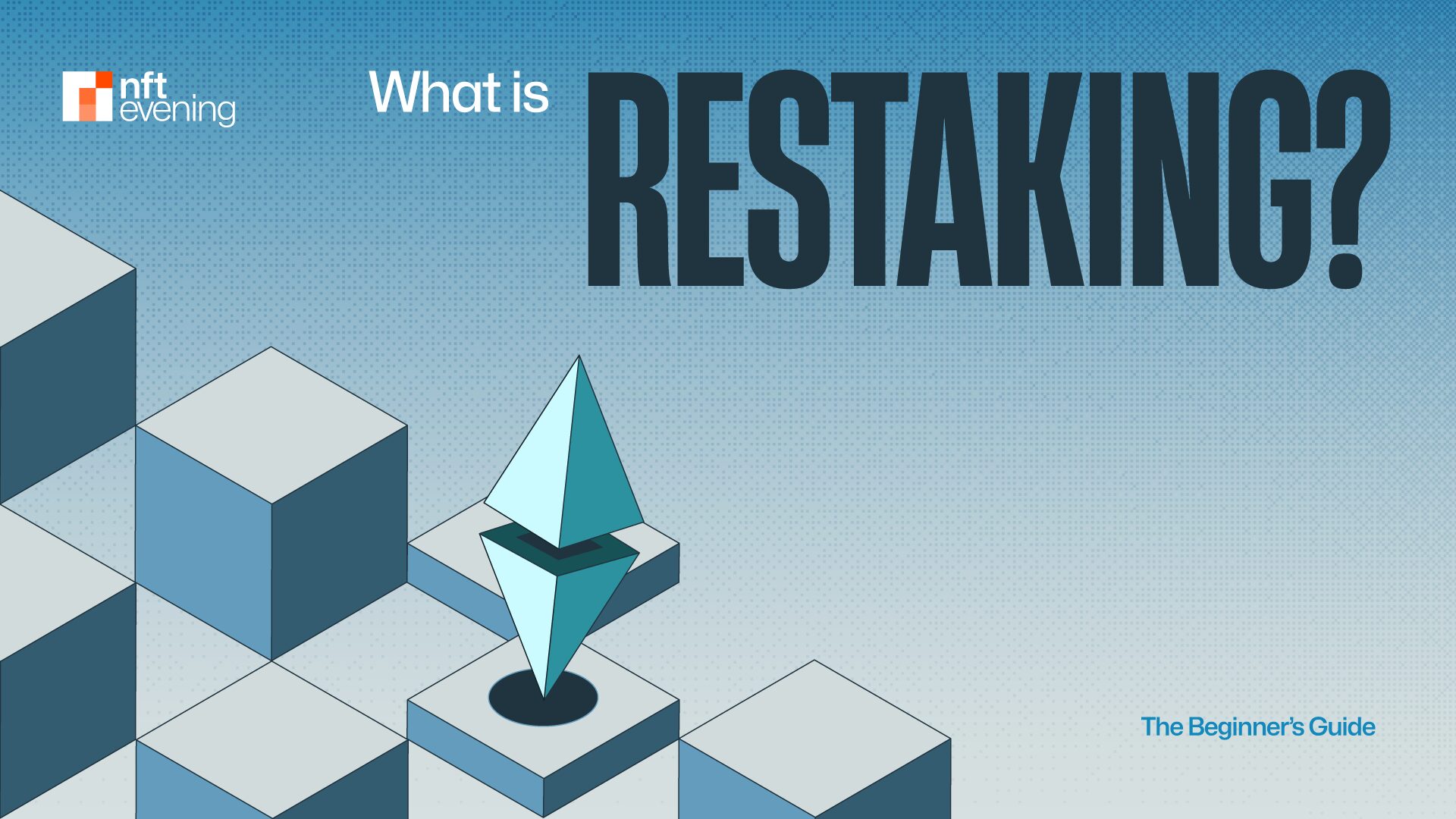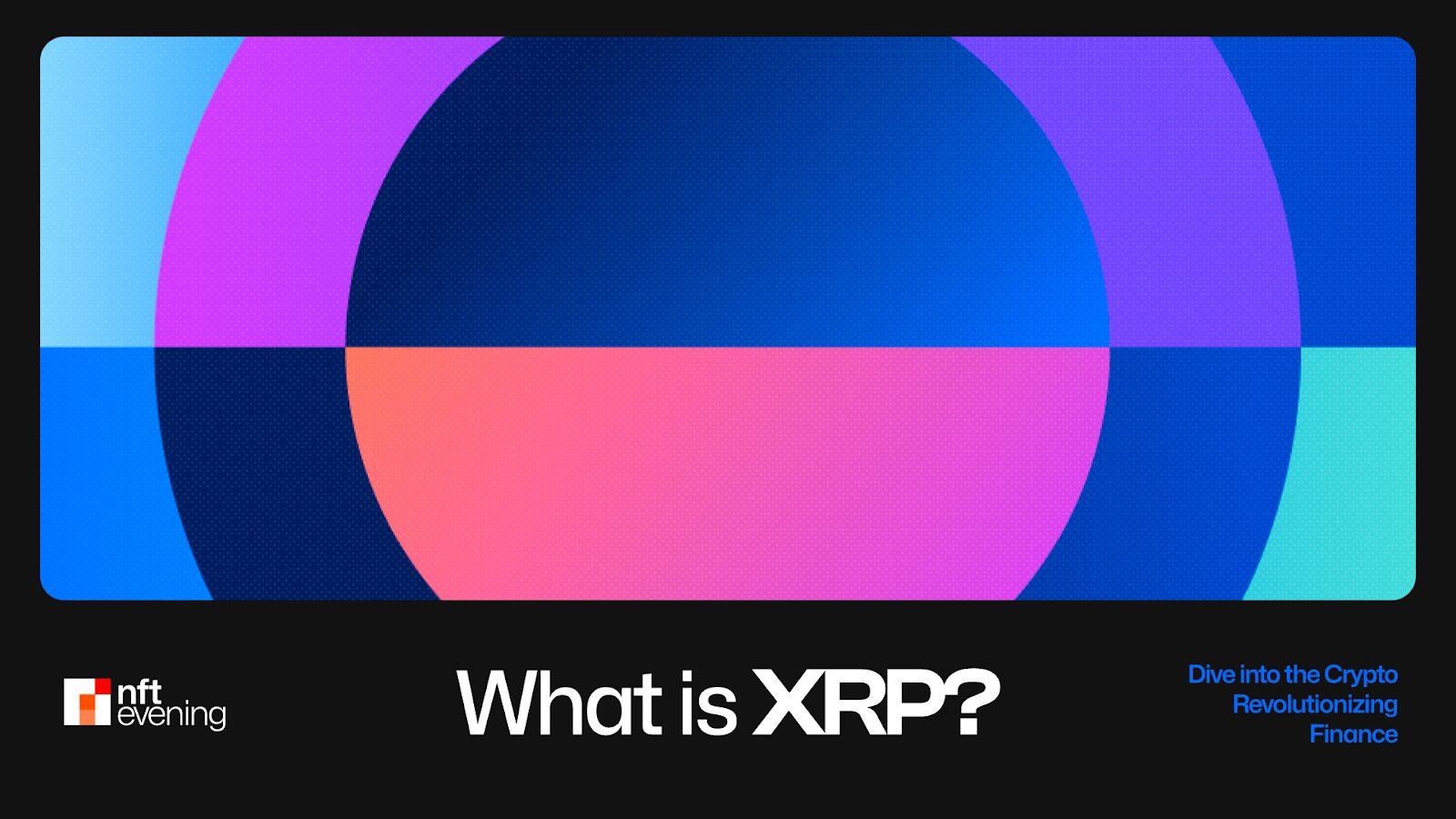Now Reading: What is Restaking in Crypto? The Beginner’s Guide
-
01
What is Restaking in Crypto? The Beginner’s Guide
What is Restaking in Crypto? The Beginner’s Guide

The expansion of blockchain technology is leading to the emergence of new mechanisms that aim to improve security, scalability, and financial opportunities in decentralized networks. These advancements provide individuals with the chance to actively shape the future of finance and earn rewards while supporting cutting-edge systems.
This overview will discuss what restaking is, how it differs from staking, and its role in the world of cryptocurrency. It will also address liquid restaking tokens, safety considerations, and top protocols beyond EigenLayer.
Restaking in the realm of cryptocurrency allows individuals to utilize their staked tokens to secure additional blockchain protocols. In proof-of-stake systems like Ethereum, users must lock tokens to validate transactions and receive rewards. With restaking, these staked assets can be used to support other networks simultaneously, such as those offered by platforms like EigenLayer, enhancing blockchain efficiency without requiring the unstaking of original holdings.
Restaking operates through two primary methods: native and liquid restaking. Native restaking involves running an Ethereum node and utilizing software to stake tokens on secondary protocols, requiring technical expertise and an acceptance of slashing risks. On the other hand, liquid restaking simplifies the process by allowing users to stake crypto assets with a validator and receive liquid staking tokens (LSTs) representing their stake. These LSTs can then be restaked on platforms like EigenLayer to secure additional services while keeping assets liquid.
By actively validating services (AVSs) such as Oracle networks or sidechains, users can support various projects and receive rewards based on their contributions, ultimately enhancing network security and increasing rewards. Restaking offers benefits such as higher rewards, improved security, capital efficiency, and network growth within the blockchain ecosystem.
In conclusion, the future of restaking appears promising as blockchains become more interconnected. Platforms like EigenLayer have the potential to revolutionize decentralized finance, but success will depend on scalability, widespread adoption, and effective risk management strategies. Restaking has the ability to enhance the collaboration between different blockchain systems, providing shared security and support for new projects. While challenges such as smart contract bugs and market volatility exist, the rise of tradeable restaking tokens offers flexibility and growth opportunities in the cryptocurrency space.






